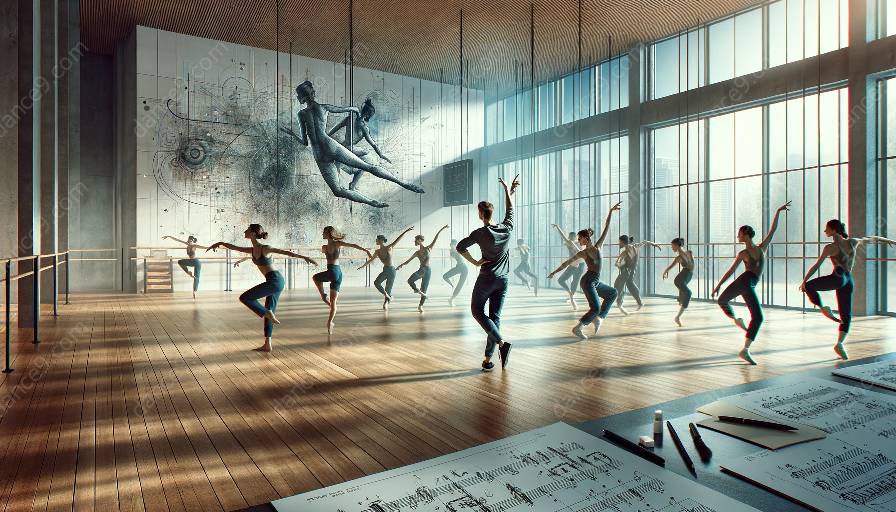Contemporary dance is a powerful form of artistic expression that often delves into deeply emotional themes through choreography, impacting dancers in profound ways. This article explores the psychological implications for dancers involved in deeply emotional choreography in contemporary dance.
The Intersection of Psychology and Dance
Dance, as a form of art, is deeply intertwined with psychology. The physical movements, emotional expression, and artistic interpretation in dance directly impact the mental and emotional well-being of dancers. In contemporary dance, choreographers often utilize deeply emotional themes to convey powerful messages and evoke strong emotional responses from both the dancers and the audience.
Emotional Vulnerability and Resilience
When dancers engage in deeply emotional choreography, they become vulnerable to intense emotional experiences. The process of embodying and expressing such emotions through movement can elicit feelings of vulnerability, empathy, and even personal trauma. However, this vulnerability also cultivates resilience and emotional strength as dancers learn to navigate and process their own emotions while portraying the choreographer's intended narrative.
Empathy and Connection
Deeply emotional choreography often requires dancers to tap into their empathetic capacities to authentically convey the intended emotions. As dancers immerse themselves in the emotional landscape of the choreography, they develop a profound sense of connection – both with the dance material and with their fellow performers. This heightened sense of empathy and connection can lead to a deeper understanding of human emotions and experiences, enriching the dancers' psychological landscape.
Emotional Regulation and Self-Care
Engaging with deeply emotional choreography poses significant challenges for dancers in regulating their own emotions. It's crucial for dancers to develop effective emotional regulation skills to manage the intensity of their emotional experiences during rehearsals and performances. Additionally, prioritizing self-care becomes essential as dancers navigate the emotional demands of their roles, ensuring that their mental and emotional well-being remains intact.
Artistic Fulfillment and Personal Growth
Despite the psychological challenges, deeply emotional choreography often fosters a profound sense of artistic fulfillment for dancers. The opportunity to explore complex emotions, express vulnerability, and connect with audiences on a deeply emotional level can be deeply rewarding. Moreover, engaging in such challenging choreography can contribute to personal growth, resilience, and a deeper understanding of the human psyche.
Conclusion
Deeply emotional choreography in contemporary dance yields profound psychological implications for dancers. It invites them to navigate complex emotional terrain, fostering empathy, resilience, and personal growth. Understanding and addressing the psychological impact of such choreography is crucial for safeguarding the mental and emotional well-being of dancers, ensuring that they continue to thrive as artists and individuals.




























